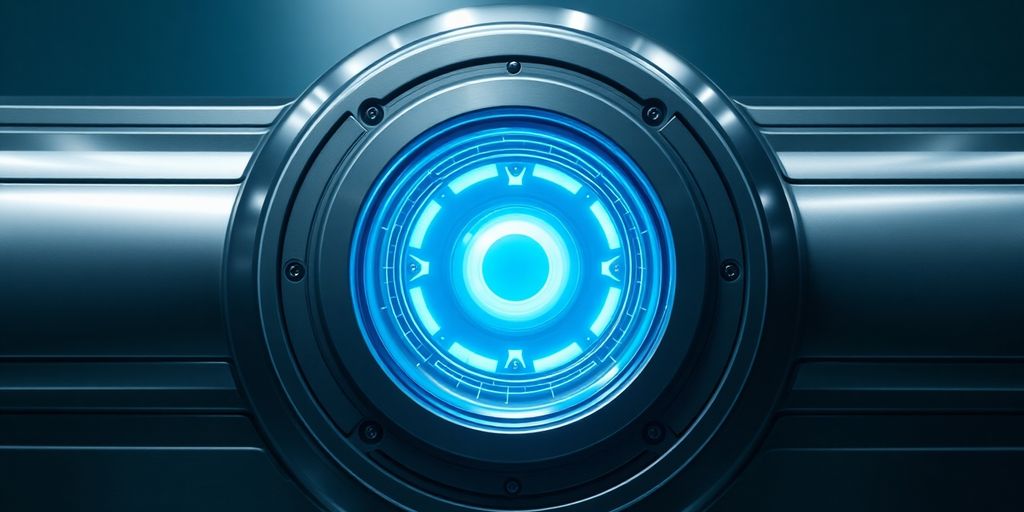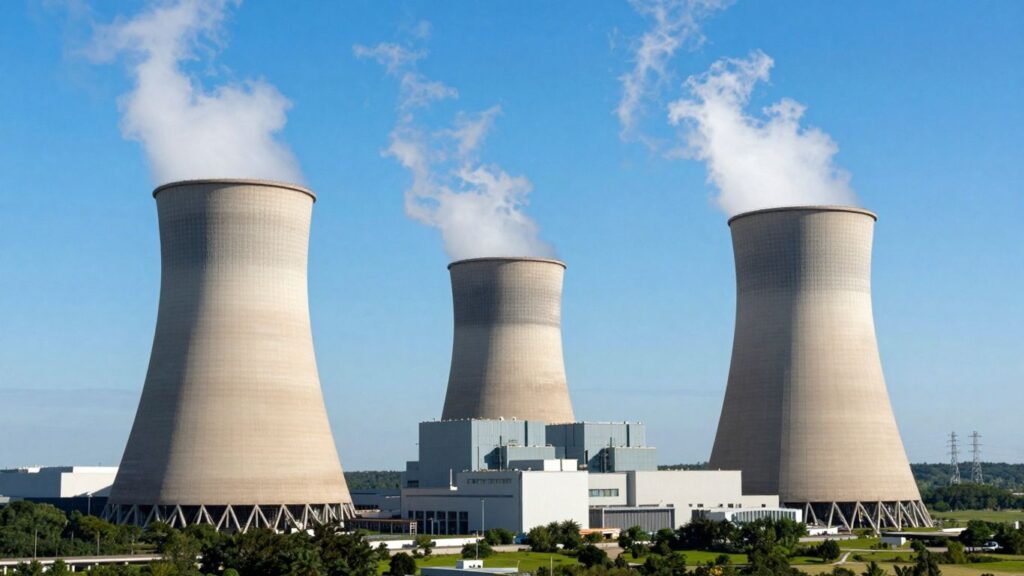Brigham Young University professors have developed a groundbreaking micro nuclear reactor design that promises a safer and more efficient future for nuclear energy. This innovative system utilizes a unique molten salt fuel that significantly reduces the risk of meltdowns and enhances the reactor’s inherent safety features, potentially revolutionizing power generation.
Key Takeaways
- A novel micro nuclear reactor design by BYU professors.
- Employs molten salt fuel for enhanced safety.
- Aims to mitigate risks associated with traditional nuclear reactors.
- Potential for more efficient and safer nuclear energy production.
A Safer Approach to Nuclear Power
The new design addresses long-standing safety concerns in nuclear energy. Traditional reactors often rely on solid fuel rods, which can be susceptible to overheating and meltdowns. The BYU team’s innovation centers on a molten salt fuel system. This liquid fuel is contained within a robust structure, and its physical properties inherently prevent the kind of runaway chain reactions that have led to past nuclear accidents.
How the Micro Reactor Works
The micro nuclear reactor operates by circulating the molten salt, which contains the nuclear fuel, through the reactor core. Heat generated from the nuclear fission process is then transferred to a secondary coolant system, which can be used to produce electricity. A key advantage of the molten salt is its high boiling point and its ability to absorb excess heat, acting as a natural safety mechanism. If the reactor were to lose power, the salt would naturally cool and become less reactive, preventing a meltdown scenario.
Potential Impact and Future Applications
This development holds significant promise for the future of clean energy. Micro nuclear reactors, in general, offer scalability and can be deployed in a wider range of locations than traditional large-scale plants. The enhanced safety features of the BYU design could accelerate the adoption of nuclear power as a reliable, carbon-free energy source. The researchers envision these reactors powering remote communities, industrial facilities, or even providing backup power for critical infrastructure.












